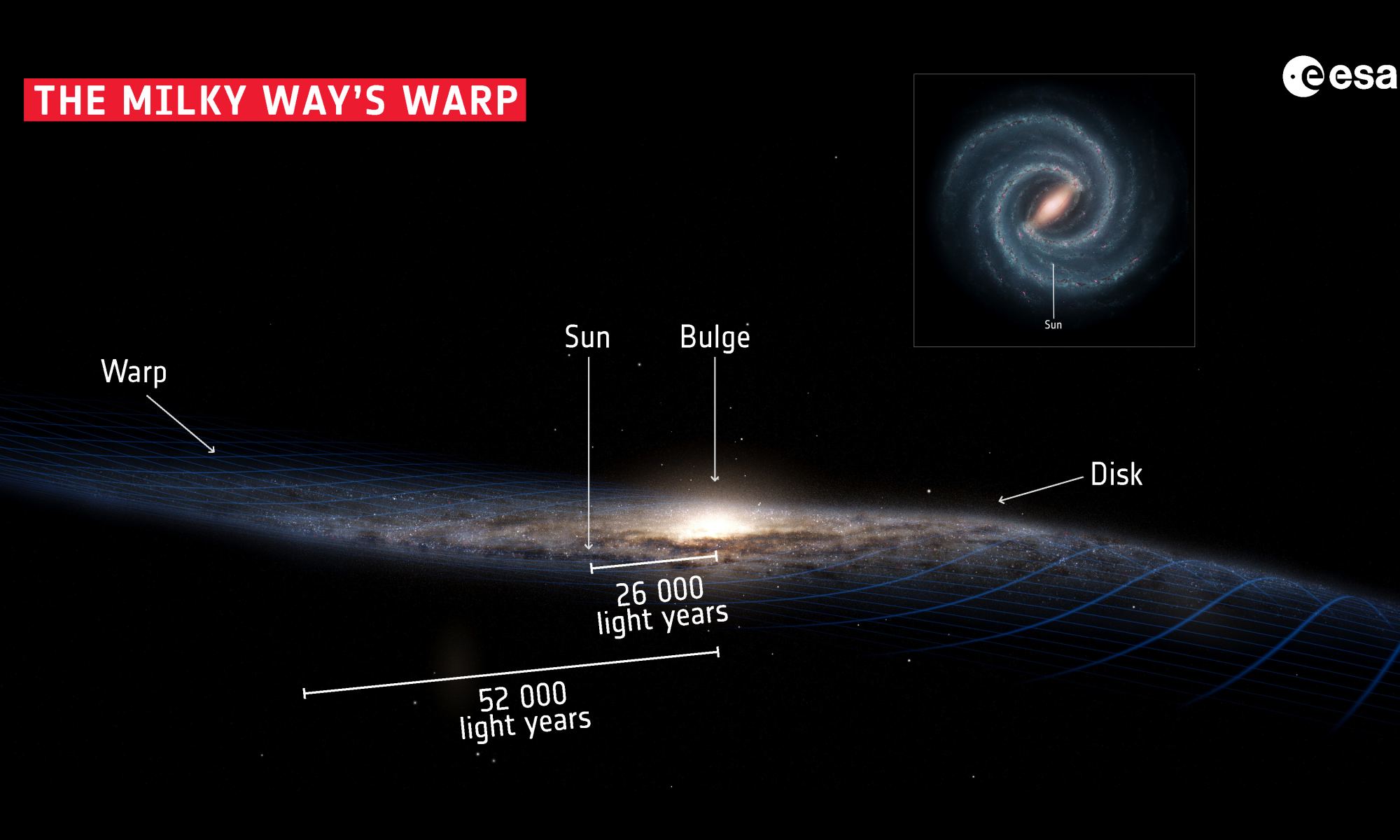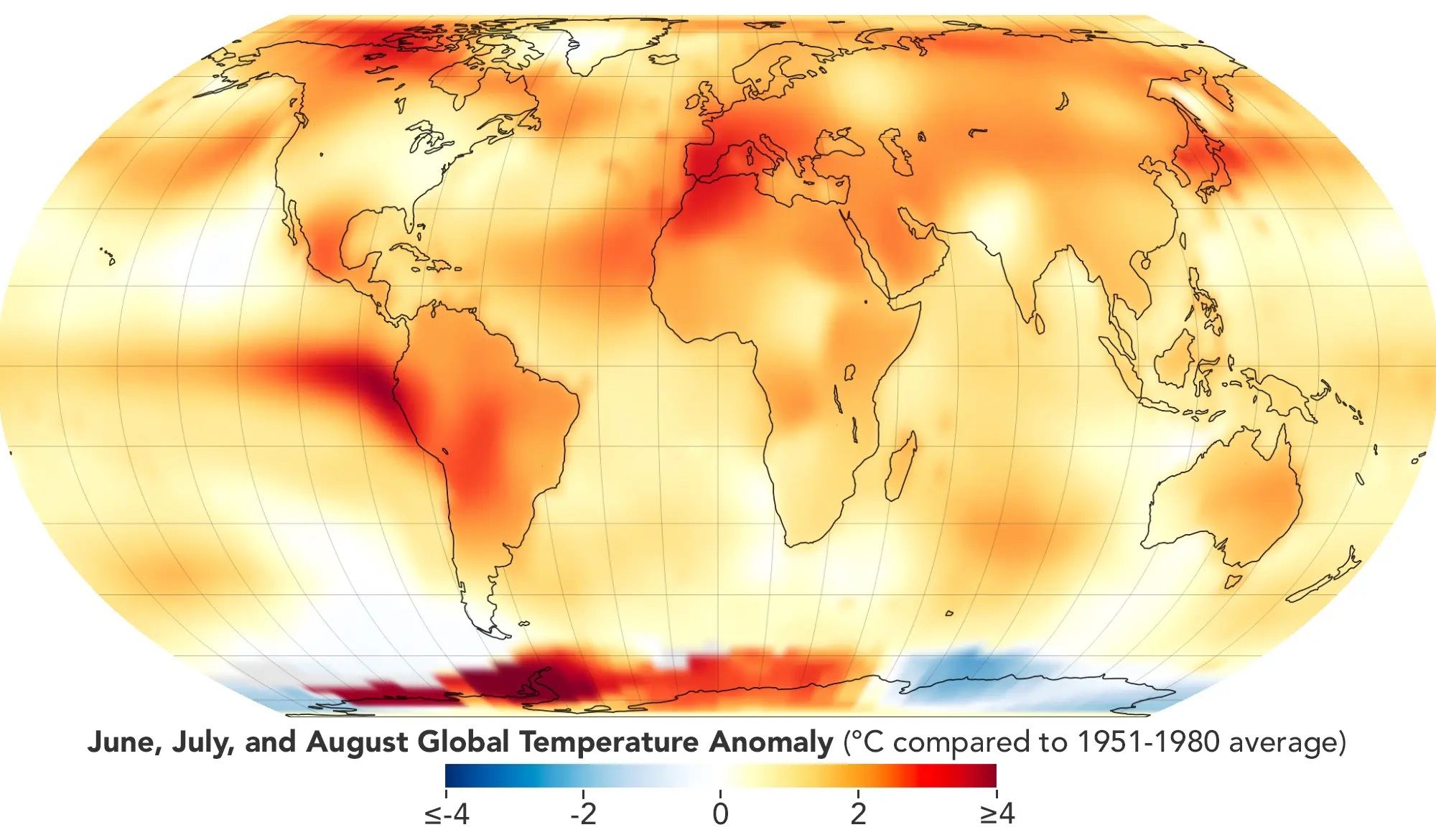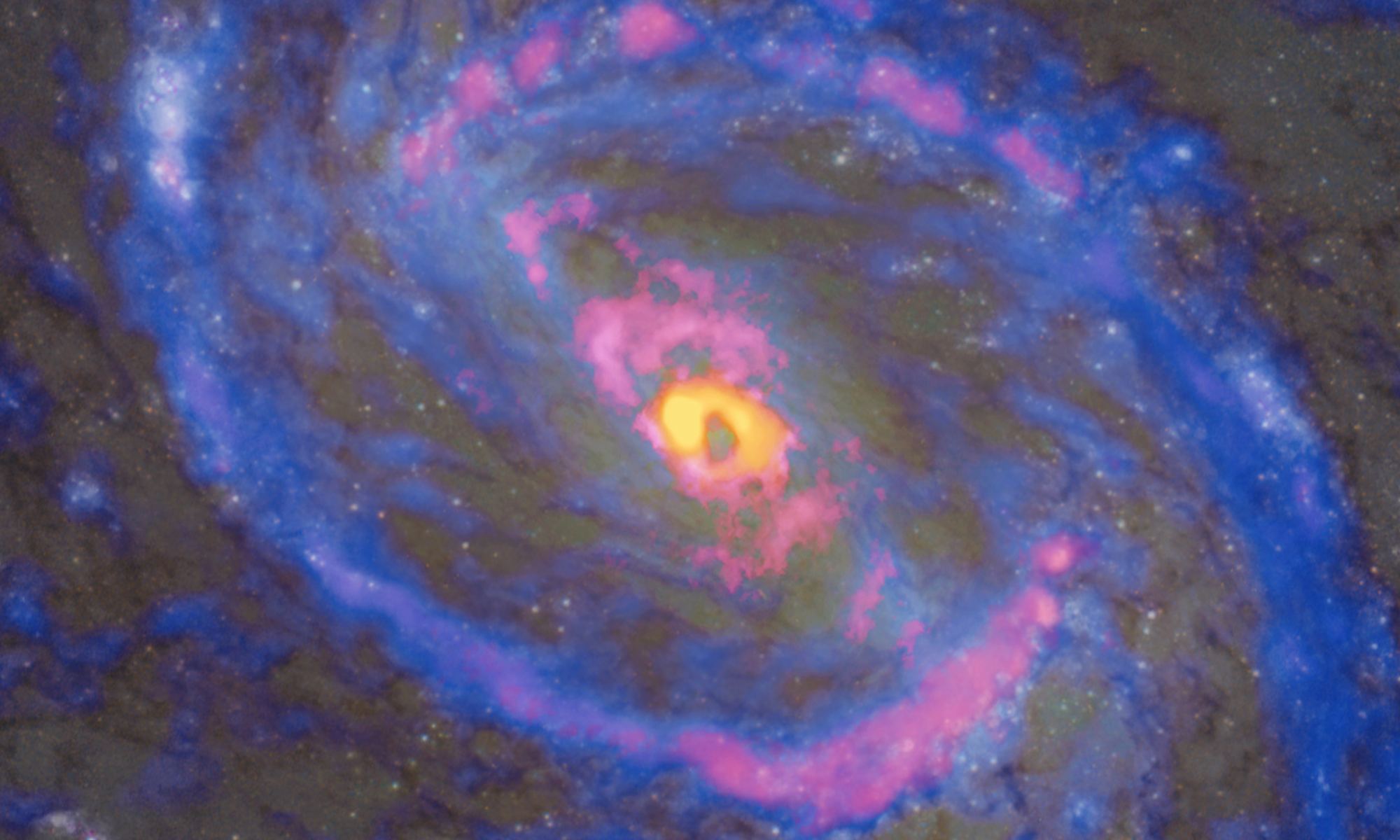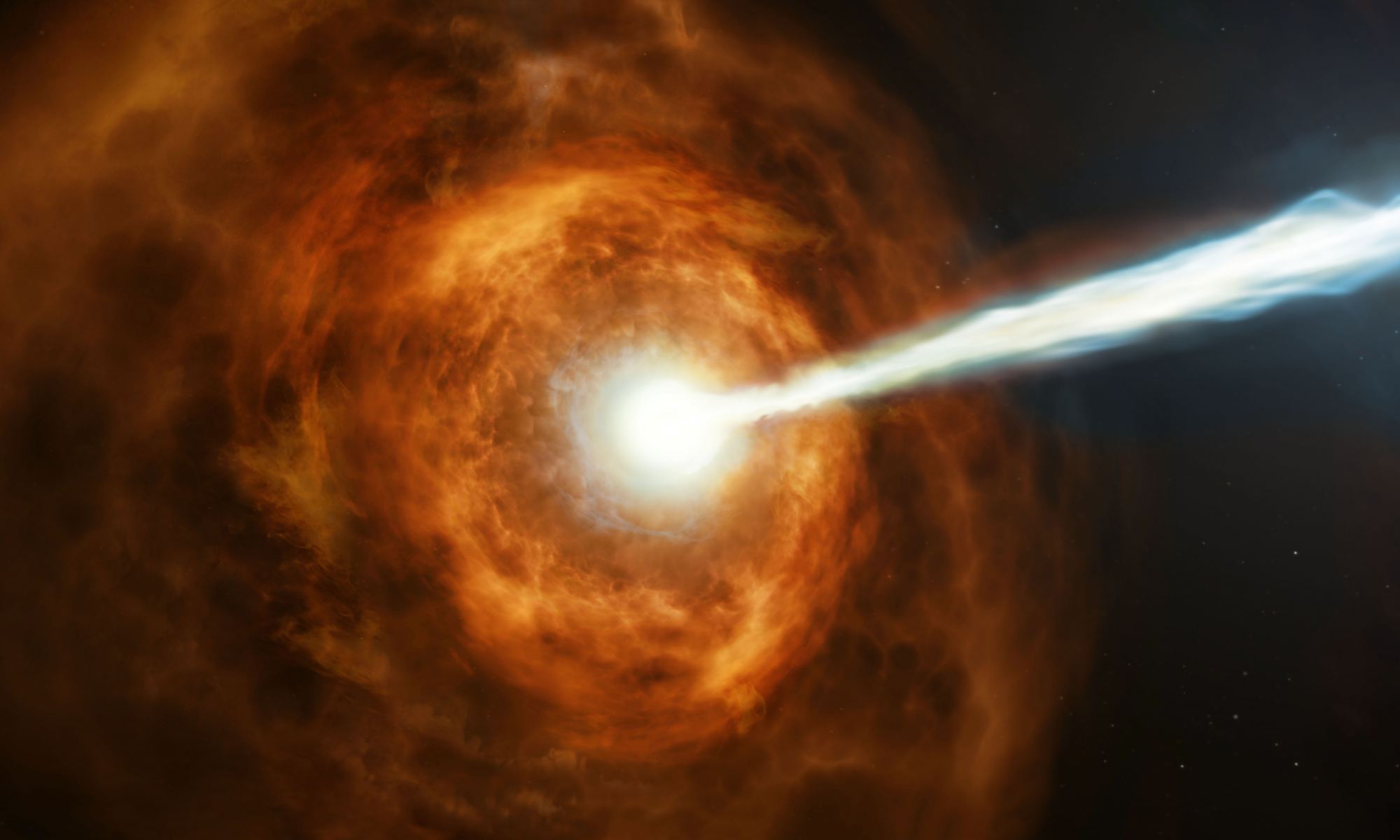Achieving interstellar travel has been the dream of countless generations, but the challenges remain monumental. Aside from the vast distances involved, there are also the prohibitive energy requirements and the sheer cost of assembling spacecraft that could survive the trip. Right now, the best bet for achieving an interstellar mission within a reasonable timeframe (i.e., a single person’s lifetime) is to build gram-scale spacecraft paired with lightsails. Using high-power laser arrays, these spacecraft could be accelerated to a fraction of the speed of light (relativistic speeds) and reach nearby stars in a few decades.
There are a handful of major projects, like Breakthrough Starshot, that hope to leverage this technology to create spacecraft that could reach Alpha Centauri in a few decades (instead of centuries). This technology also presents other opportunities, like facilitating communications across interstellar distances. This is the idea recently by a team of researchers led by the Initiative for Interstellar Studies (i4is). In a recent paper, they recommended that a swarm of gram-scale spacecraft could rely on their launch laser to maintain optical communications with Earth.
Continue reading “Tiny Swarming Spacecraft Could Establish Communications with Proxima Centauri”










